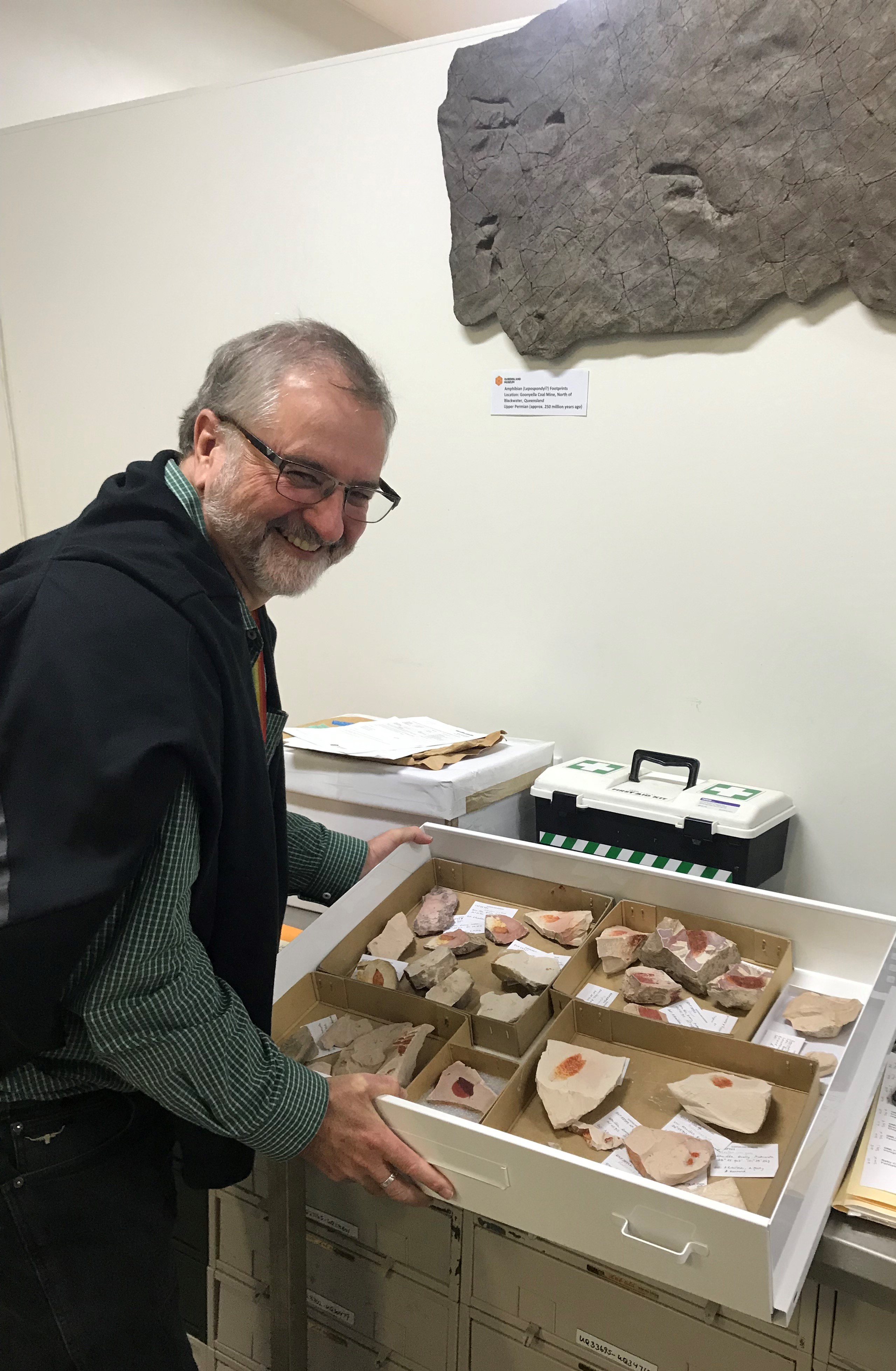Media Release
From: Queensland MuseumFossil puzzle grass discovery generates more puzzles
A team of scientists from Queensland Museum and Central Queensland University have discovered a fossil plant, found near Gladstone, survived for at least another 50 million years after it was thought to be extinct in Australia.
The plant known as horsetail or puzzlegrass first appeared over 300 million years ago and was commonly found in the Permian-aged coal mines of Central Queensland that are 240-250 million years old.
Prior to this discovery the most recent record of these plants are from the Winton area in western Queensland, and are about 90 million years old.
Queensland Museum Acting Head of Biodiversity and Geosciences Dr Andrew Rozefelds, who led this preliminary study, said the new discovery indicates the plants were still growing here 40 million years ago.
“This fossil provides the youngest evidence of this plant group from Australia revealing a significantly longer and more complex history than previously thought,” Dr Rozefelds said.
“It will play a key role in understanding the history and past distribution of horsetails in Australia, but the challenge is to assemble and characterise the traits of these living and fossil plants to better understand the origins and history of this remarkable group.”
Central Queensland University Associate Professor Anita Milroy, who found the tiny specimen at the site, said it was initially dismissed as horsetail since there were no previous records of this group of plants from any fossil site of comparable age in Australia.
“This is a significant discovery as horsetails are largely restricted to the northern hemisphere and evidence of this group in the southern hemisphere has been missing. This had led to the assumption that Australia played no role in the evolution of the group,” Associate Professor Milroy said.
“The new Australian fossils and recently described fossils from New Zealand show that this is incorrect.”
Queensland Museum Network CEO Dr Jim Thompson said this incredible discovery will provide an opportunity for the team to piece together Queensland’s role in the evolution of fossil plants.
“It’s exciting to be a part of this fascinating and unique story and we look forward to sharing more research findings in the future.”
Horsetails are a distinctive group of plants that are related to ferns and have hollow stems and small leaves arranged in regular whorls on their stems.
The living plants are now widely distributed in the northern hemisphere and are recognised as being invasive weeds and have been banned in every state of Australia.
Dr Rozefelds said the discovery of horsetails was unexpected, but as the floras of this age from northern Australia remain largely unstudied, more intensive field studies and research are likely to provide additional, surprising and unexpected insights into the history of the modern Australian flora.
Future studies may also help explain why this group of plants, which occurs from the Arctic to tropical forests in Indonesia disappeared from Australia, and why they haven’t been found previously in sites in southern Australia?
Support to undertake this initial field work was provided by Future Makers, a partnership between Queensland Museum and Shell’s QGC business as part of the World Science Festival Brisbane 2018 with further field work being planned with additional support from QGC.
The paper is published in the Australian Journal of Systematic Botany.


